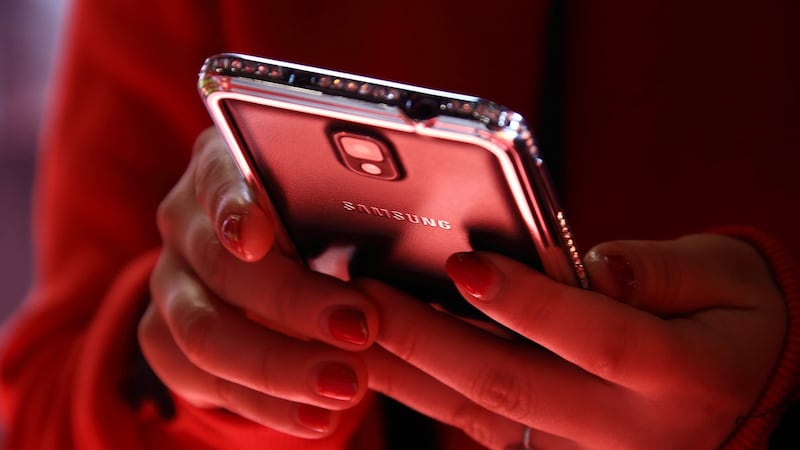The most successful Irish ecommerce retailers outshine their rivals at attracting return visits to their websites and are more likely to have had customers interact with their brands on social media, an analysis of 250 million website sessions by Wolfgang Digital shows.
The Dublin-based marketing company’s report confirms a correlation between repeat digital footfall and higher online revenues, highlighting the importance of avoiding the “one-click wonder” trap.
Online retailers are "absolutely not" doing enough to pursue what might be regarded as an intuitive route to higher revenues –seeking ways to boost return visitors, said Wolfgang Digital chief executive Alan Coleman.
“Currently, ecommerce websites are averaging 1.5 visits per user over 12 months. Anything a marketer does to get that to two, three or four is probably the best marketing campaign they can do.”

Wolfgang’s analysis of the “purchase journey” that led to some €500 million in online sales in the year to June 2018 found that people who interact with a brand on social media were twice as likely to make a purchase as someone who only visits the brand’s website.
Online trading prowess
Overall, the report found that ecommerce companies converted visitors to their sites into purchase-making customers at a rate of 1.85 per cent, with the average order value arriving at €282.
Its publication follows the announcement of a new Enterprise Ireland scheme to help Irish retailers develop their online trading prowess and compete better internationally by availing of grants of up to €25,000.
Ecommerce marketing shouldn't be about following someone around the internet with the same banner advertisement until they puke
Mr Coleman welcomed the introduction of the Government scheme. “The Irish have a propensity to buy online, which tells us the rewards are there,” he said.
However, there is now “a much greater chasm” between basic online marketing and the most sophisticated ecommerce tactics, he said.
“What we’re saying is, the message now needs to evolve. Ecommerce marketing shouldn’t be about following someone around the internet with the same banner advertisement until they puke. It needs to be more of a conversation with consumers.”
Google "still makes the world wide web go round", generating 60 per cent of the ecommerce website traffic and 56 per cent of the revenue analysed for the report, which covers a broad range of online-only retailers and those that also sell through physical shops, as well as travel sector companies.
However, Google’s share of the pie is declining and the adage “win on Google, win online” is now too simple an approach, Mr Coleman said.
The study, the fourth similar analysis by Wolfgang, uses Google Analytics and, for the first time, the new Facebook Analytics tool, to try to plot how consumers make their path to a purchase.
Consumers are now more willing to make purchases on their mobile phones, rather than using them only for research
Facebook gives retailers an “advocacy advantage”, Wolfgang said. Its survey of 300 internet users found that two-thirds had noticed a friend or family interacting with a brand on social media in the previous 24 hours, with about half indicating they were more likely to buy from the brand as a result.
This points to the hidden value of "social contagion" from platforms such as Facebook and Instagram, Mr Coleman added.
Mobile devices
Consumers are now more willing to make purchases on their mobile phones, rather than using them only for research. Mobile devices are responsible for 53 per cent of traffic to ecommerce sites, though their share of the revenue is still lower than this at 32 per cent, with big-ticket purchases more likely to be made using a desktop or tablet computer.
Mr Coleman said it was concerning that the average time it takes to load a page on an ecommerce site was found to be 6.8 seconds, up from 6.1 seconds in its 2017 study and also some way above Google’s recommended target of two seconds.
“It’s a problem that will ultimately solve itself with the arrival of 5G in 2020, but there’s a window of opportunity for digital marketers here,” he said. “Their competitors might be waiting for 5G to solve the problem, but they can solve it now.”









